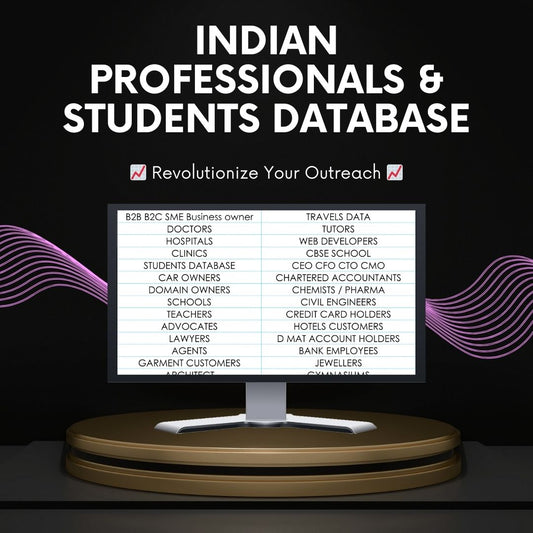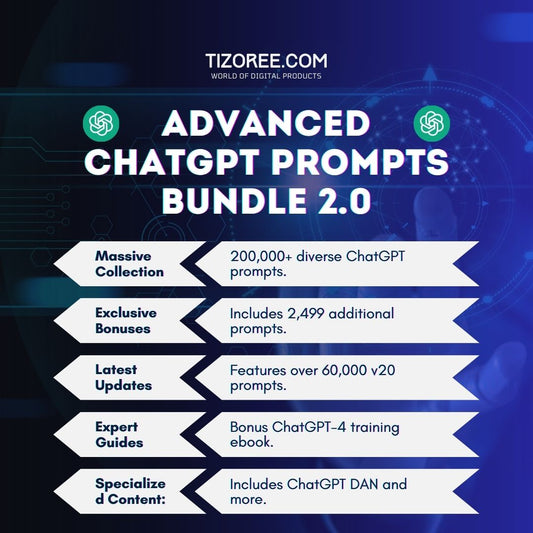YouTube Shorts Algorithm 2024: Understanding and Maximizing Your Views
Share
The YouTube Shorts algorithm has become a crucial element for creators looking to maximize their views. Understanding how this algorithm works in 2024 can significantly impact your content strategy.
This article will dive deep into the mechanics of the Shorts algorithm, the metrics that matter, and whether you should mix long-form and short-form content on the same channel.
How the YouTube Shorts Algorithm Works
One of the most common queries among content creators is how the YouTube Shorts algorithm decides which videos to promote. When you upload a Short, the algorithm initially selects a random seed audience to assess engagement. This small group of viewers is crucial for the algorithm's early evaluation of your content.
If this seed audience engages well with your Short, the algorithm interprets this as a positive signal. As a result, it will seek out more viewers who match the interests and engagement patterns of this initial group. Conversely, if the audience does not engage, the Short may not receive further promotion, leading to a flat view count.
Understanding Engagement Metrics
Metrics play a vital role in how the YouTube Shorts algorithm operates. The key metrics to focus on include:
- Views vs. Swiped Away: This metric indicates the percentage of viewers who watched your Short versus those who swiped away before completing it.
- Watch Time: YouTube aims to measure how long viewers stay engaged with your content. For Shorts, a higher percentage of viewers staying to watch is crucial.
- Click-Through Rate (CTR): While typically associated with long-form videos, a similar concept applies to Shorts—how many viewers chose to watch your content.
To maximize your chances of going viral, aim for a view percentage of 70% or higher. According to studies, Shorts that perform well often have a view percentage between 70% and 90%.
The Role of Audience Retention
Audience retention is another critical factor that can make or break your Short’s success. The best-performing Shorts often achieve retention rates of 90% or higher. This means that viewers are not only watching but are also likely to re-watch the content.
Unlike long-form videos, where a viewer may stay for several minutes, Shorts require a different approach. The first few seconds are crucial in capturing attention. This is where your hook comes into play.
Creating Effective Hooks
Your hook is the first impression of your Short. It should spark curiosity and compel viewers to continue watching. Here are some strategies for creating an engaging hook:
- Start with a Question: Pose a question that resonates with your target audience.
- Show a Teaser: Give viewers a glimpse of something interesting that will happen later in the video.
- Use Eye-Catching Visuals: Grab attention right from the start with compelling visuals or surprising actions.
For example, if you're creating a cooking Short, you might start with, "You won't believe how easy this recipe is!" This approach piques curiosity and encourages viewers to stick around.
Optimal Length for Shorts
Another question creators often face is the ideal length for Shorts. Should you aim for quick, 10-15 second videos, or can longer formats work? The answer lies in your content type. Some niches thrive on quick, snappy content, while others benefit from more narrative storytelling.
Ultimately, the best length for your Short is one that effectively delivers your message. Experiment with various lengths to see what resonates best with your audience.
Should You Post Shorts and Long-Form Content on the Same Channel?
The debate over whether to post both Shorts and long-form videos on the same channel is ongoing. While some creators find success with this strategy, it can also lead to challenges. The key issue is that viewers who enjoy Shorts may not have the same interest in long-form content, leading to a mixed audience.
For instance, channels like Jake Fellman have millions of subscribers but struggle with long-form content views. This is primarily due to the differing attention spans of viewers attracted to Shorts.
Recommendations for Channel Strategy
If you choose to upload both types of content on the same channel, consider the following:
- Consistency in Content: Ensure that both Shorts and long videos align in theme and tone.
- Maintain Similar Vibes: Use consistent editing styles, voiceovers, and overall aesthetics.
- Keep Long Videos Concise: Shorten the length of your long videos to cater to the attention spans of Short viewers.
In summary, while it is possible to mix Shorts and long-form content on the same channel, doing so effectively requires careful planning and execution.
Conclusion
Understanding the YouTube Shorts algorithm in 2024 is essential for any creator looking to grow their audience. By focusing on engagement metrics, audience retention, and effective hooks, you can significantly improve your chances of going viral. Additionally, consider your content strategy carefully when deciding whether to combine Shorts and long-form videos on the same channel.
With these insights, you're better equipped to navigate the dynamic landscape of YouTube Shorts. If you want to learn more about creating viral Shorts or any other related topics, feel free to leave a comment. Happy creating!



